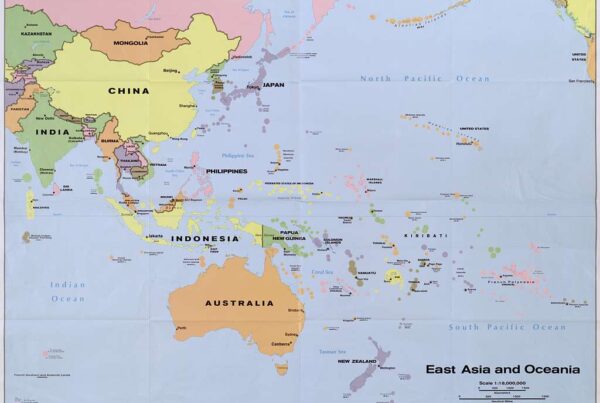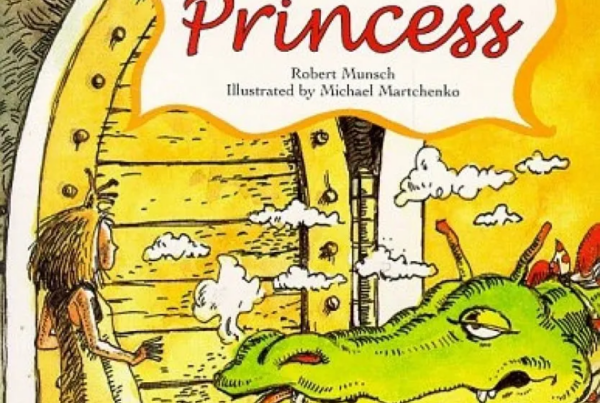For many children, their first encounter with a close death will be that of a pet.
Often, the death is as a result of old age, so it is a blessing to have some books which deal with accidents, instead. (See THE SUNSHINE CAT, for example.)
AN ORDINARY DAY by Elana K. Arnold; illustrated by Elizabet Vuković.
A beautiful and gentle demonstration of the circle of life, of beginnings and endings, and of how normal – how ordinary, yet extraordinary, each experience is.
In one house, a much-loved dog is farewelled; next door, a new baby is welcomed.
Meanwhile, life continues outside.
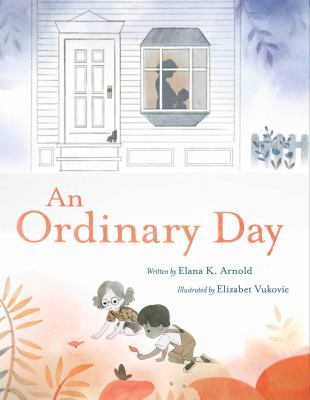
THE SUNSHINE CAT by Miriam Moss, illustrated by Lisa Flather.
A tender story with beautiful illustrations, this book details the relationship between a young family and their cat, Sunny. The realities of death are explained well in a conversation between the children and their parents following Sunny’s death after being hit by a car. The bond between the children and their cat is acknowledged. There is also a discussion about getting a new kitten. The decision made is made by all the family. This book is highly recommended, as it is one of the few books for this age group that explains the realities and finality of death.
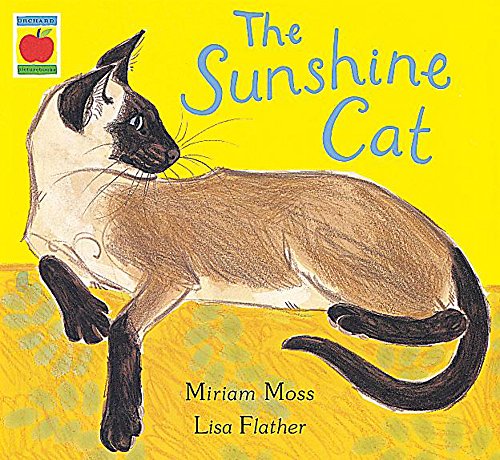
SAMMY IN THE SKY by Barbara Walsh, paintings by Jamie Wyeth.
Beautifully illustrated, this story deals with the realities of death and grief — and with children’s questions — in an approachable and age-appropriate way.

THE ROUGH PATCH by Brian Lies.
Both literal and metaphorical expressions of anger show the magnitude of Evan’s grief after the death of his (unnamed) dog.
Healing comes through time and friends, a re-established routine, and a new puppy.
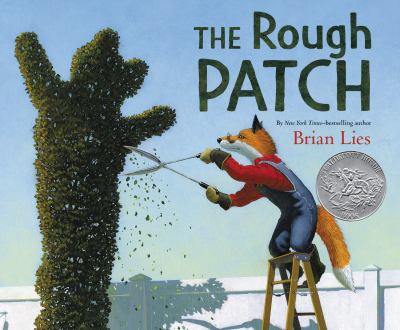
THE TENTH GOOD THING ABOUT BARNEY by Judith Viorst, illustrated by Erik Blegvad.
When Barney, the family cat, dies, the narrator’s parents organise a funeral service for which the narrator’s mother advises him to “[t]hink of ten good things about Barney.” The narrator thinks of nine things but cannot think of the tenth. The narrator and his neighbour, Annie, discuss the afterlife: whether Barney is in Heaven or the ground. The narrator’s father talks to him, telling him that it is all right to be sad. He also uses the growth of plants to help ease the narrator’s grief, telling him that Barney will “help to grow the flowers, and he’ll help to grow that tree and some grass.” This return to the cycle becomes the tenth good thing about Barney because “that’s not a bad life for a cat.”

This post is part in a series by Solidarity Team member Anne (she/her)


